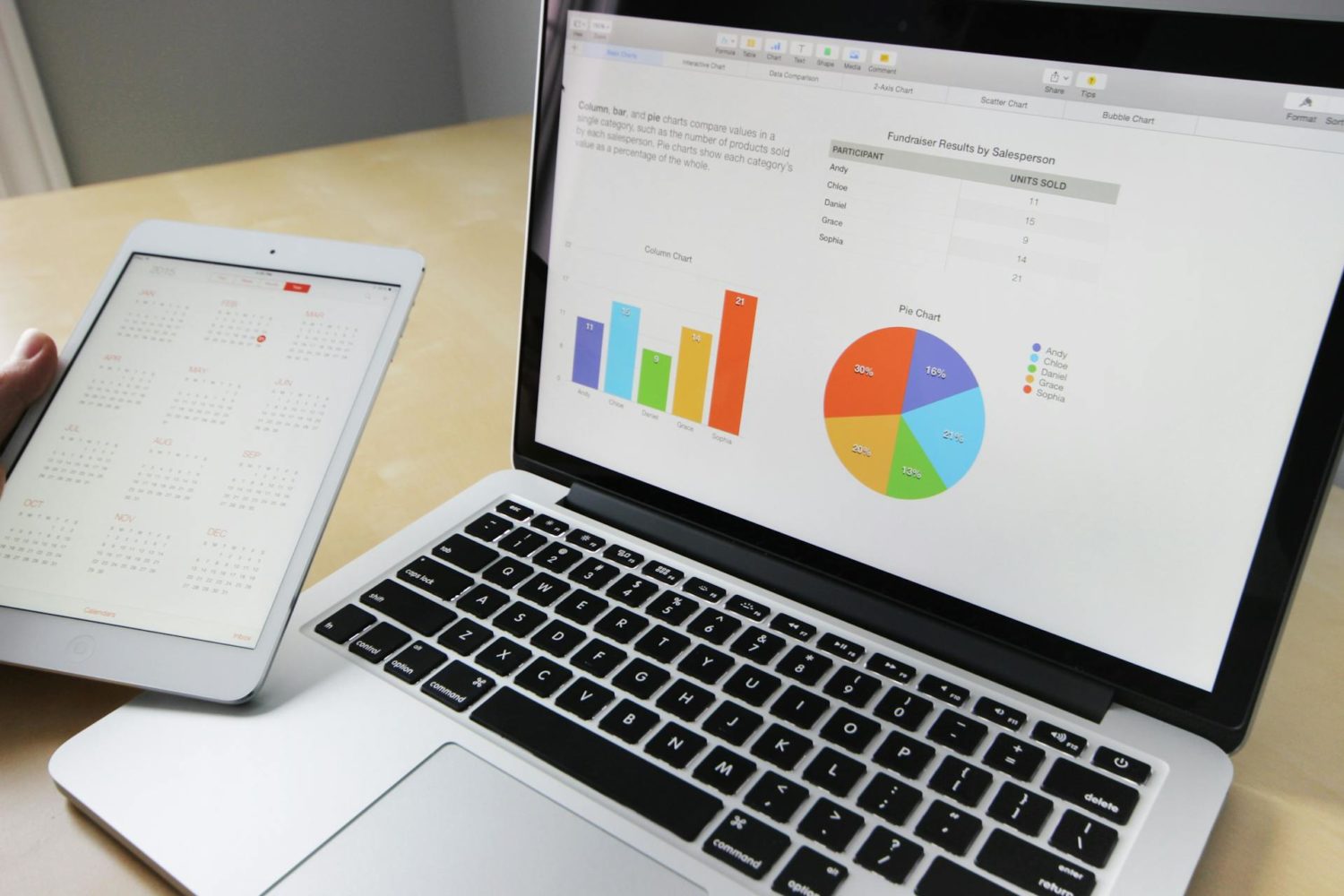In today’s fast-paced, competitive business landscape, you can’t afford to make decisions based on gut instinct alone. To stay ahead of the curve and drive real results, you need to harness the power of data analytics.
By leveraging data-driven insights, you can optimize operations, better understand your customers, and make smarter strategic moves. Read on to learn more.
Unlocking Actionable Insights
Data is only valuable if you can translate it into actionable insights. That’s where analytics comes in. Modern analytics tools allow you to quickly process huge amounts of raw data to surface the trends, patterns, and anomalies that matter most to your business.
You can analyze sales data to identify your top performing products, channels, and customer segments. In addition, you can dig into website analytics to understand user behavior and optimize the customer journey. In fact, you can even take a peek into your company’s productivity data, such as looking into and analyse your Google Calendar, to know how your team is performing and meeting team goals.
Another powerful application of analytics is in customer segmentation. By analyzing demographic, behavioral, and transactional data, you can group customers into distinct segments based on their needs, preferences, and value to your business. This allows you to tailor your marketing, products, and services to each segment, driving higher engagement, loyalty, and profitability.
Predictive analytics is also becoming increasingly crucial. By analyzing historical data, you can build models that predict future outcomes, such as which customers are most likely to churn, which leads are most likely to convert, or which products will be top sellers next season. These insights allow you to proactively address potential issues and seize emerging opportunities.
Aligning Metrics With Business Goals
To get the most out of analytics, you need to focus on the right metrics. Don’t just track vanity metrics that make you feel good but don’t actually impact the bottom line. Instead, identify the key performance indicators (KPIs) that are most closely tied to your core business objectives.
By aligning your analytics with overarching business goals, your data will always point you in the right strategic direction.
The metrics you choose to track will vary depending on your industry and specific goals. A software company might prioritize user engagement metrics, while a logistics firm would focus on on-time deliveries and route optimization. The important thing is that your KPIs provide a clear, measurable link to the outcomes your business cares about most.
It’s also critical to have a balanced set of metrics. Focusing too narrowly on one KPI can lead to unintended consequences.
Democratizing Data Access
To be truly data-driven, analytics can’t just be the domain of a few data scientists or technology professionals. You need to democratize data and empower employees at all levels to explore, interact with, and draw insights from analytics.
That means investing in intuitive dashboards and self-service analytics tools. Create customized views for each department or role. Offer training so employees understand how to properly interpret and apply data insights to their work. When everyone can access and act on data, they’ll be able to make better decisions faster.
Democratizing data isn’t just about technology—it’s also about culture. You need to cultivate a culture where data is valued, insights are shared openly, and everyone feels empowered to make data-backed decisions. This may require breaking down silos between departments, challenging long-held assumptions, and encouraging experimentation.

Testing And Iterating
Analytics isn’t a set-it-and-forget-it affair. Markets shift, clientele needs evolve, and business priorities change. Your analytics practice needs to keep pace to such changes.
Establish a culture of continuous testing and iteration. Use insights from analytics to form hypotheses, but don’t treat them as iron-clad facts. Run controlled experiments to validate data-driven hunches. See what works, what doesn’t, and optimize things from there. In fact, even a ‘failed’ test that disproves an idea generates valuable data to inform the next decision. The companies that learn the fastest usually win in the end.
This iterative approach should apply to your company’s analytics process itself. Regularly review your KPIs to ensure they’re still relevant and timely. Evaluate new data sources and analytics technologies. Assess the skills of your analytics team and invest in ongoing training. Continuous improvement should be the name of the game.
Making It Stick
Becoming a data-driven organization requires change management as much as technical implementation. You need to get buy-in from leadership, communicate the value broadly, and make analytics an integral part of existing workflows and decision-making processes.
Start small and notch some early wins to prove the ROI of analytics. Build data literacy and celebrate employees who use analytics to drive real results. Over time, data-driven decision-making will become second nature and a core source of competitive advantage.
This isn’t always easy. You may face resistance from those used to relying on intuition or seniority. You’ll need to invest in data infrastructure and talent. There will be a learning curve as people adjust to a new way of operating. But the payoff—in terms of efficiency, agility, and performance—is more than worth it.
To make analytics stick, it’s crucial to tie it to individual and team goals. Make data proficiency a part of job descriptions and performance evaluations. Recognize and reward employees who consistently leverage analytics to drive business value. Bake data into the daily rhythms and routines of your organization.
You’ll also need robust data governance to maintain data quality, security, and privacy. Establish clear policies around data access, usage, and sharing. Implement rigorous data validation and cleansing processes. Regularly audit your data practices to ensure compliance with regulations like GDPR.
In Conclusion
In a world awash in data, analytics is the key to cutting through the noise, seeing the big picture, and making confident, informed decisions. By aligning metrics to goals, democratizing data access, embracing experimentation, and hardwiring analytics into how you operate, you can harness data to work smarter, move faster, and drive overall company productivity to new heights.
Becoming data-driven won’t happen overnight, but every insight-fueled decision is a step in the right direction. Dive into your data today, start surfacing those game-changing insights, and let analytics be your ultimate competitive edge over your competitors.
⸻ Author Bio ⸻

Oliver Reynolds is a data analytics consultant with a knack for transforming raw data into actionable insights. With years of experience in the field, Oliver specializes in helping businesses optimize their productivity through data-driven decision-making. Through his articles and workshops, he empowers entrepreneurs and executives to harness the power of analytics for growth. Outside of his work, Oliver enjoys hiking, photography, and experimenting with new recipes in the kitchen.












